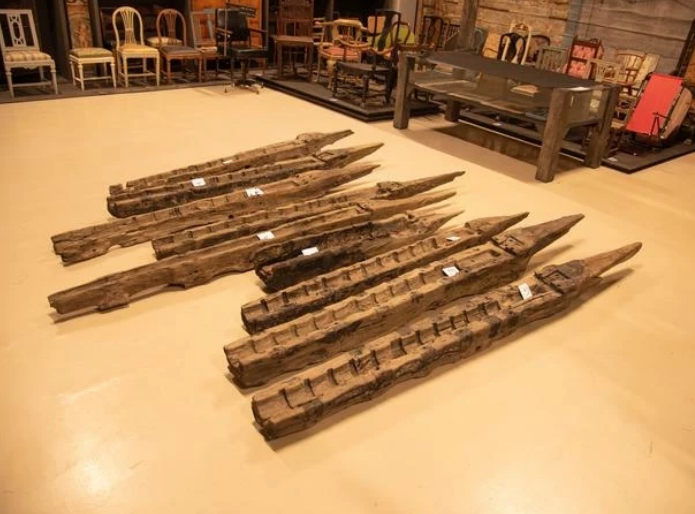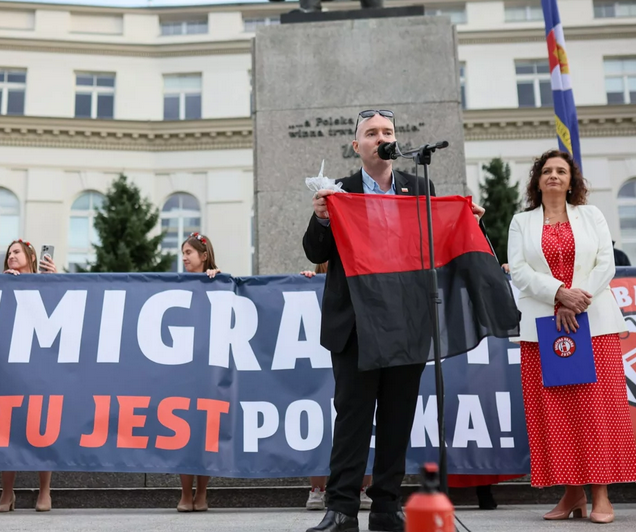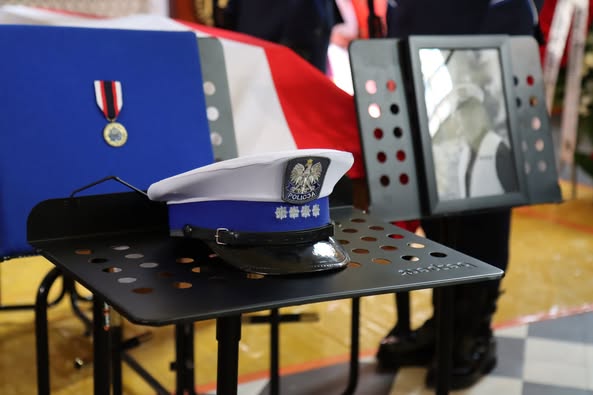Historical calendar: anniversary of the winning conflict of the Polish army against the invaders from Sweden, led by King Gustav Adolf pod Trzciana.
Today in our calendar we will look at the scenes of this clash.
Despite a truce signed in 1622 in Mitava, King Gustav Adolf of Sweden sought a fresh confrontation. He dealt with Moscow and Turkey to establish an anti-Polish alliance. Even Cossacks of Zaporos by his agents. The plans to establish a broad coalition failed, so the Swedes attacked themselves. This time, the invasion went very well for them – they captured almost the full basins of the Dźwina and beat the Polish army for the first time in past at the conflict of Walmoja (17 January 1626).
Shortly thereafter, the war was moved to the territory of Prussia and Pomerania. This alleged war for the mouth of the Vistula revealed in full visibility all political and military weaknesses of the Republic. The notorious shortcomings in the cash registry and the failure to prepare the army for winning fortresses have affected subsequent Polish failures. During the fighting, crucial areas of Pomerania and Kujaw were destroyed. In addition, there was a ambiguous attitude of the Prussian lentil, who not only did not aid Poles, but even repeatedly allowed Gustav Adolf's troops through his territory.
On 27 June 1629 a key clash took place at Trzciana in Gdansk Pomerania. Polish leader – hetman polny Stanisław Koniecpolski, he utilized a clever maneuver during the clash, which completely amazed the Swedes. The Hetman tied forces of the enemy by striking light banners and tights, and at the same time undetected sent Hussar banners to the rear of the opponent. The husaria charge on the left wing of the Swedish troops led to their demolition and escape from the battlefield. Poles have gone in pursuit.
The escaped troops stopped at Strashev, where another clash took place, which was won again by Poles. The pursuit of evasive remnants of enemy troops ended under the Regiments, where Poles encountered a strong group of Swedes, which was personally commanded by Gustav II Adolf. The first successes of the enemy did not scare Polish troops. The husaria and Rajtaria charge broke down Swedish forces and forced them to flee.
After this victory, the initiative in the war went completely into the hands of the Republic, which, however, was besides exhausted by the costly war to be able to completely remove Swedes from Pomerania. Additionally, Hetman Koniecpolski was sent to Ukraine, where another Cossack uprising broke out.
Despite the fact that Poles won the conflict of Trzciana and the earlier naval conflict of Oliwa (1627), the truce contained in the Altmark guaranteed to stay under the Swedish authority of part of Polish coastal cities and the right of the enemy to collect customs from maritime trade.
Previous entry from our calendar is available Here.


















